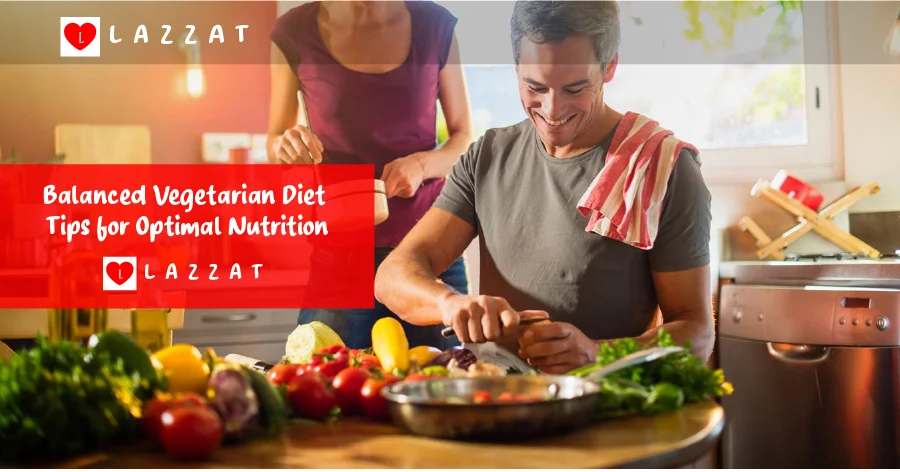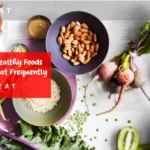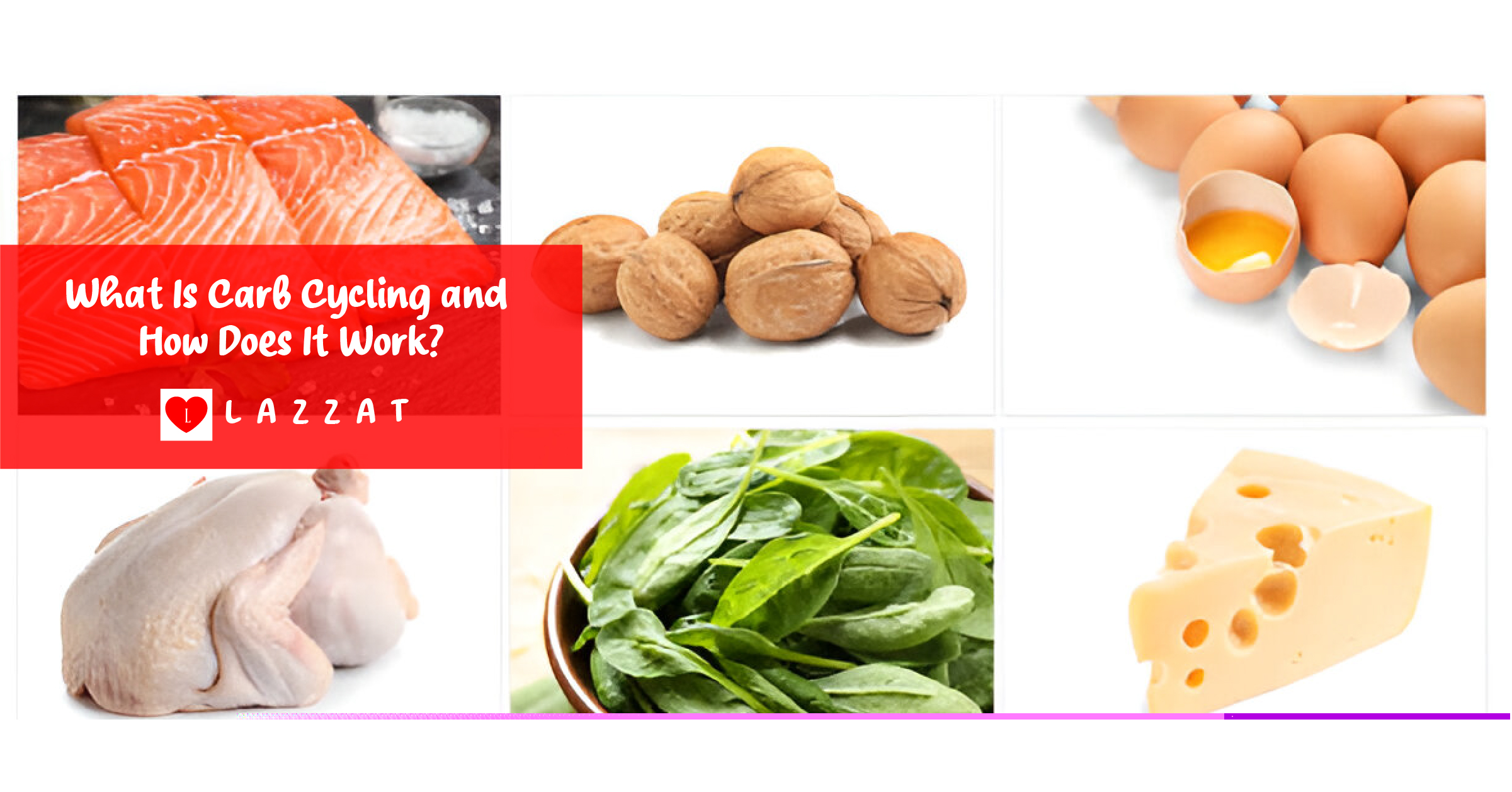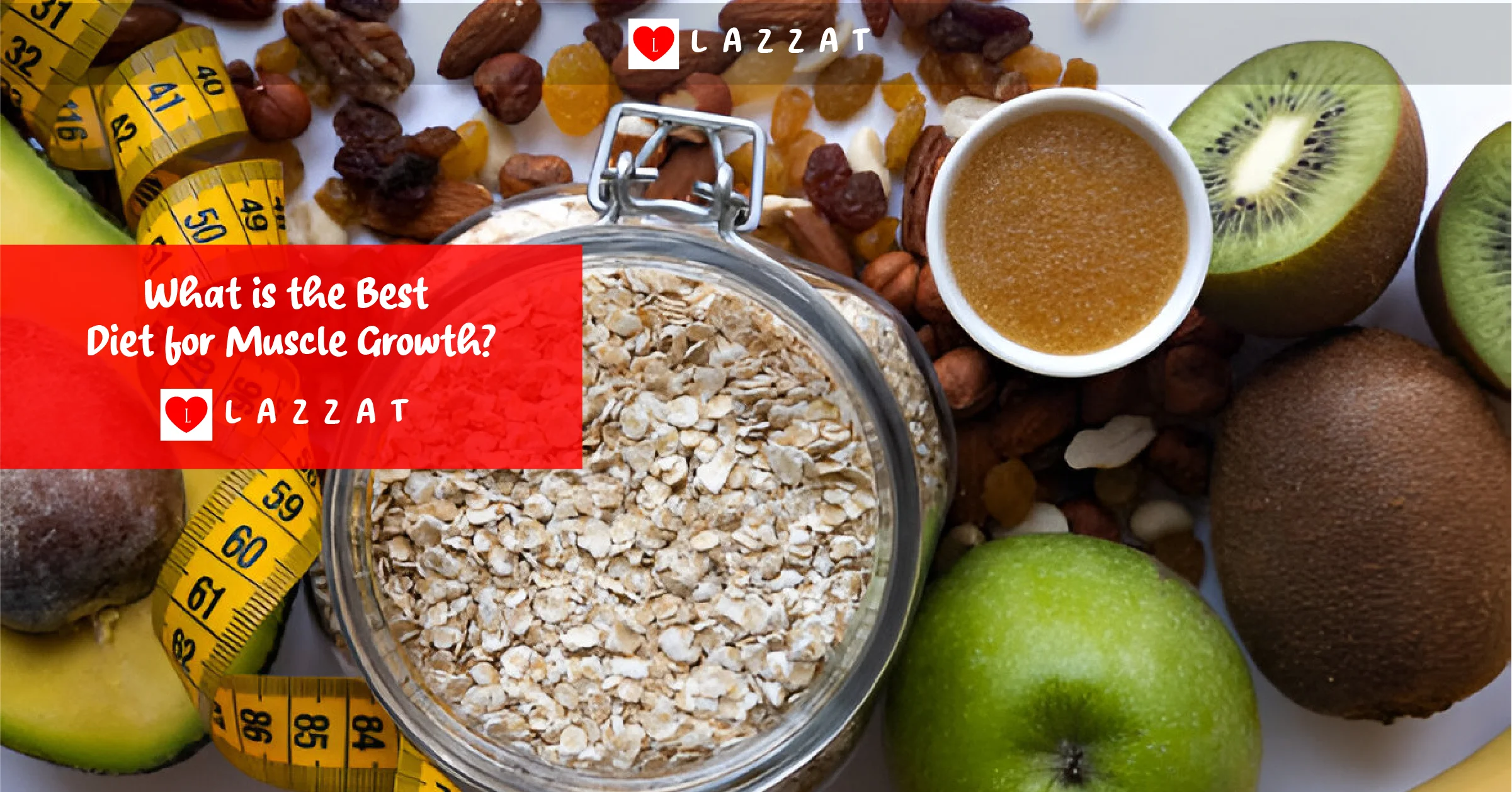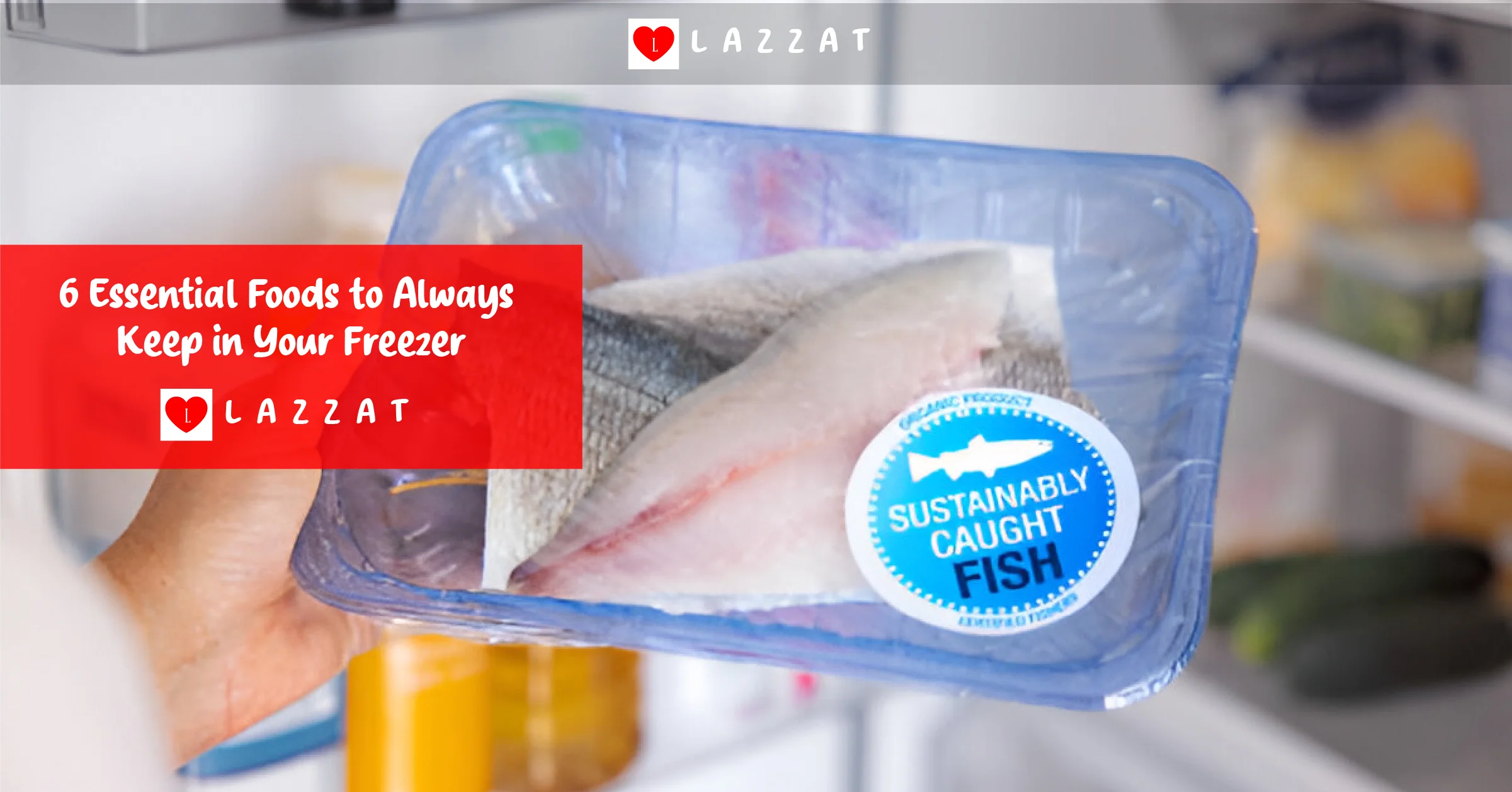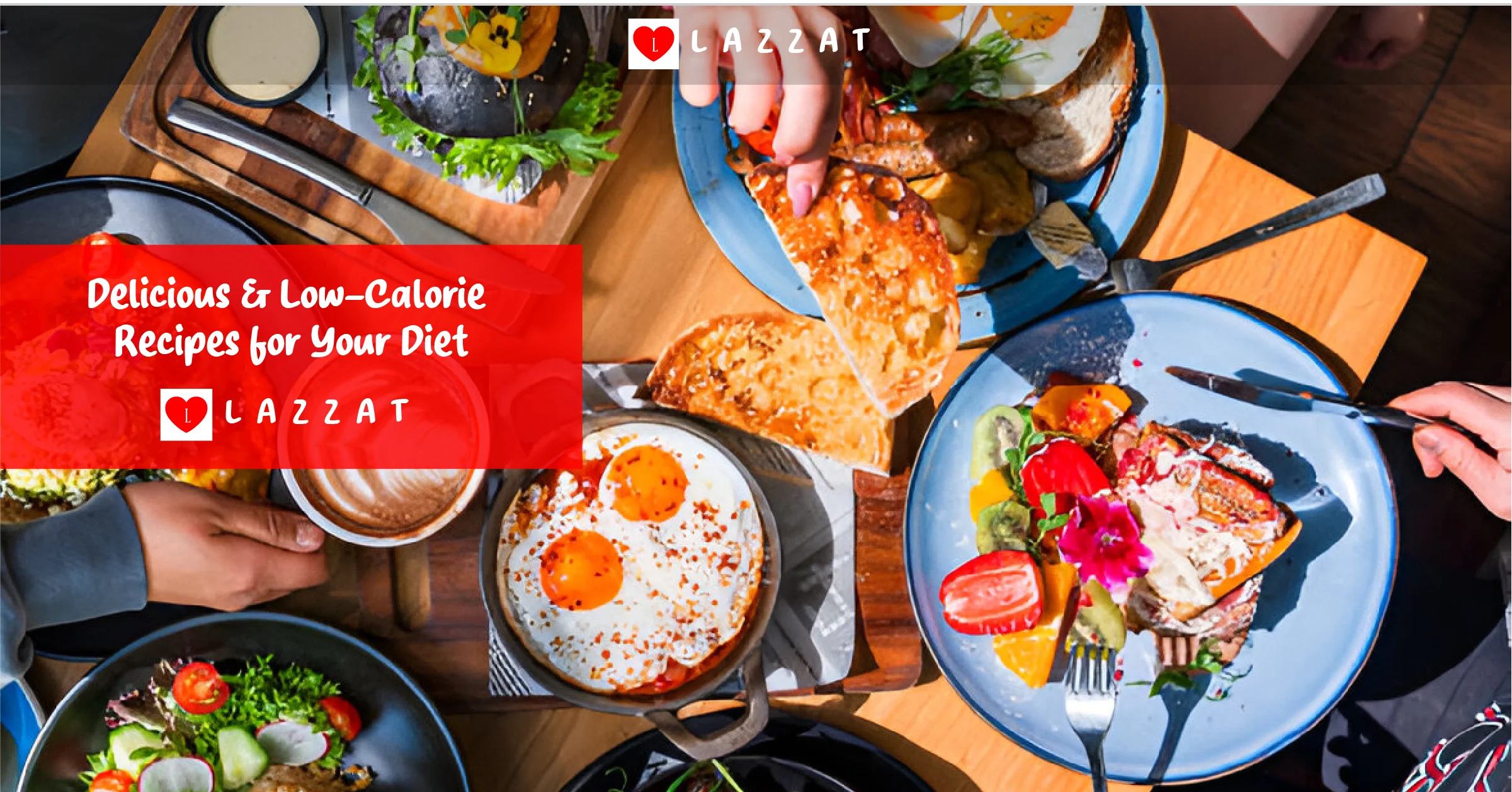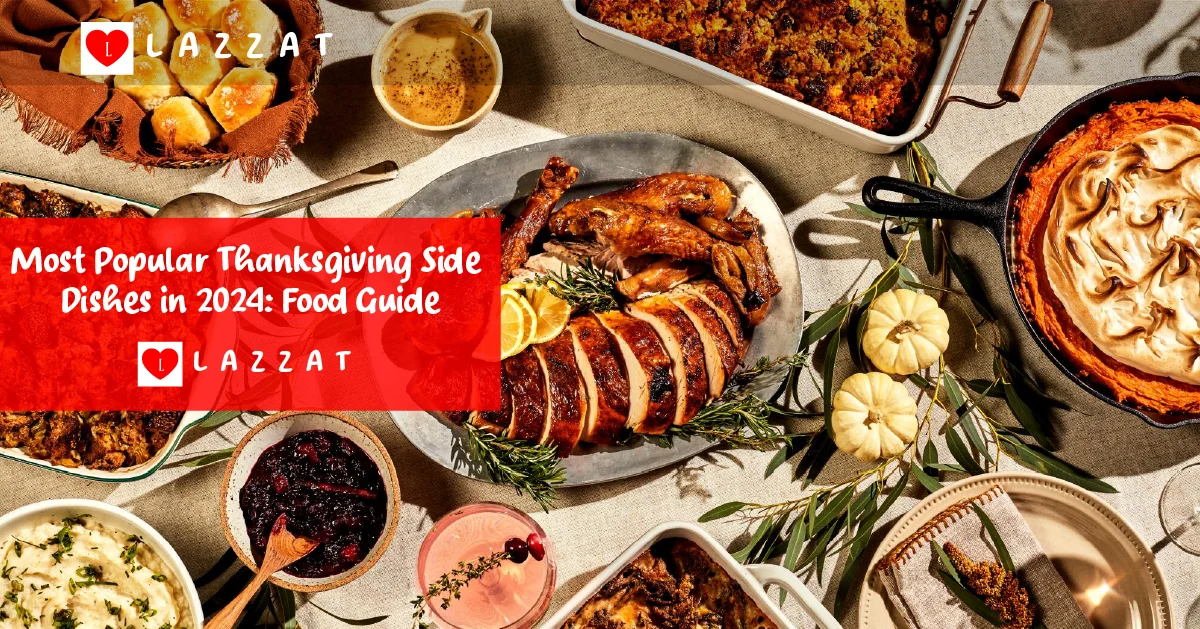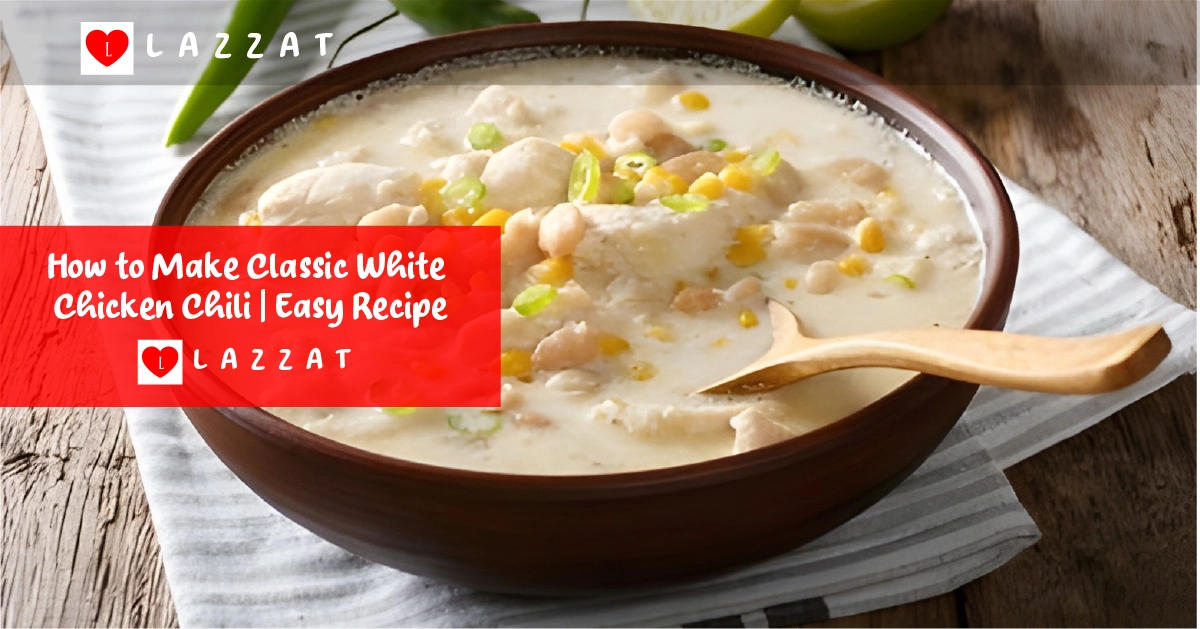As a vegetarian, it’s key to eat a balanced diet for your health. Switching to a plant-based diet can be tough, but it’s doable. We’ll cover the basics of vegetarian nutrition, and key protein sources, and offer tips for a balanced diet.
Table of Contents
Understanding the Foundations of Vegetarian Nutrition
Starting a vegetarian nutrition journey means knowing the different diets and key nutrients for health. By looking into the options and nutritional needs, you can make sure your plant-based diet is balanced. This ensures you get all the vitamins, minerals, and macronutrients your body needs.
Types of Vegetarian Diets Explained
There are many vegetarian diets, each with its own benefits and needs. These include:
- Lacto-ovo vegetarians: They eat dairy and eggs but not meat, poultry, or fish.
- Lacto vegetarians: They eat dairy but not eggs, meat, poultry, or fish.
- Ovo vegetarians: They eat eggs but not dairy, meat, poultry, or fish.
- Vegans: They avoid all animal products, including meat, poultry, fish, dairy, and eggs.
Key Nutritional Components for Vegetarians
Vegetarians and vegans need to focus on certain nutrients. These are:
- Protein: They get it from legumes, nuts, seeds, and soy products.
- Iron: They find it in leafy greens, fortified cereals, and legumes.
- Calcium: They get it from dairy alternatives, leafy greens, and fortified foods.
- Vitamin B12: They often get it from fortified foods or supplements.
Benefits of Plant-Based Eating
Eating a plant-based diet has many health benefits. These include:
- Lower risk of heart disease, some cancers, and type 2 diabetes.
- Better digestion and bowel health.
- More energy and vitality.
- Help with weight management.
Learning about vegetarian nutrition helps you start a healthier, more sustainable lifestyle. It fits your values and preferences.
Essential Protein Sources for Vegetarians
Keeping a balanced vegetarian diet means paying attention to protein. Luckily, there are many protein-rich foods in the plant-based world. You can find everything from legumes to nuts and seeds to meet your protein needs.
Legumes like lentils, chickpeas, and kidney beans are full of protein. They also have lots of fiber, vitamins, and minerals. Add them to soups, stews, or veggie burgers for extra protein.
Nuts and seeds, like almonds, chia seeds, and pumpkin seeds, are great for protein. Enjoy them as snacks, on salads, or in nut butter. They also have healthy fats and important vitamins and minerals.
Whole grains, like quinoa, brown rice, and oats, are often overlooked for protein. But they can add a lot to your daily protein. Pair them with legumes or nuts for a protein-packed meal.
If you want a quick protein boost, try protein powders. Pea, soy, or hemp protein can be mixed into smoothies or baked goods. It’s a simple way to get more protein.
| Vegetarian Protein Source | Protein Content (per 100g) |
|---|---|
| Lentils | 25g |
| Chickpeas | 15g |
| Almonds | 21g |
| Quinoa | 4g |
| Pea Protein Powder | 80g |
By mixing different vegetarian protein sources into your plant-based diet, you can get all the protein your body needs. This supports your health and well-being.
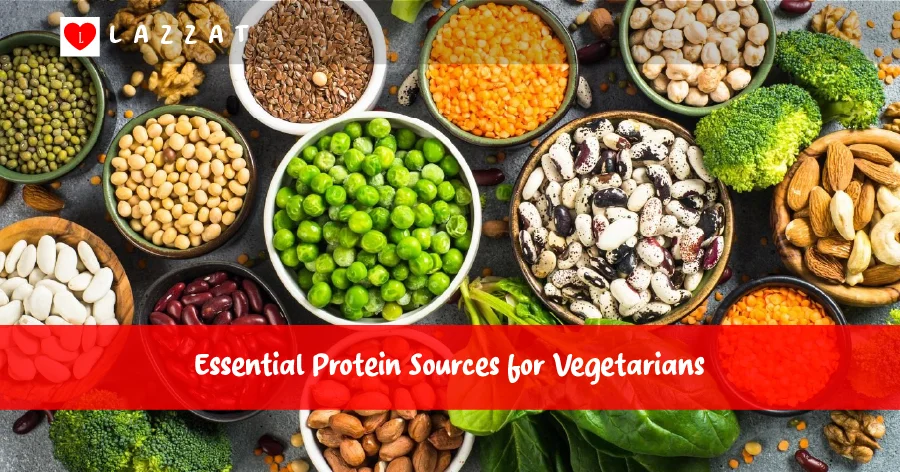
How to Eat a Balanced Vegetarian Diet
Creating a balanced vegetarian diet is rewarding and nourishing. It’s about understanding how to build a balanced plate, manage meal timing and portions, and mix plant-based foods. This ensures your diet is complete and nutritious.
Building a Balanced Plate
When making your vegetarian meals, aim for a plate that looks good and is full of nutrients. Fill half with colorful vegetables, a quarter with whole grains, and the last quarter with plant-based proteins like beans, lentils, tofu, or nuts. This mix gives you all the vitamins, minerals, fiber, and macronutrients your body needs.
Meal Timing and Portion Control
Keeping regular meal times is key for planning your vegetarian meals. Eat three meals a day, with healthy snacks in between if you need them. Watch your portion sizes, as some plant-based foods can be filling. Use your hand as a guide: grains should be fist-sized, proteins palm-sized, and veggies cupped-hand-sized.
Combining Foods for Complete Nutrition
- Pair plant-based proteins, such as beans and rice, to create complete amino acid profiles.
- Include sources of healthy fats, like nuts, seeds, or avocado, to aid the absorption of fat-soluble vitamins.
- Complement iron-rich foods, like spinach, with vitamin C-rich options, such as bell peppers, to enhance iron absorption.
By using these strategies, you can confidently plan your vegetarian meal planning and how to eat a balanced vegetarian diet. This way, you fuel your body with the nutrients it needs.
Critical Vitamins and Minerals for Vegetarian Health
As a vegetarian, getting all the essential vitamins and minerals is key for good health. Let’s explore some important nutrients vegetarians should pay attention to.
Vitamin B12
Vitamin B12 is vital for making red blood cells, keeping nerves healthy, and making DNA. Since it’s mainly in animal products, vegetarians and vegans might not get enough. But, there are plant-based sources like fortified cereals, nutritional yeast, and some mushrooms. You might also need supplements to get enough B12.
Iron
Iron is important for carrying oxygen in the body. Vegetarians can find iron in leafy greens, legumes, tofu, and fortified grains. But, plant-based iron isn’t as easily absorbed as animal-based iron. Eating iron-rich foods with vitamin C can help your body absorb more iron.
Zinc
Zinc helps with the immune system, making proteins, and healing wounds. Good vegetarian zinc sources include nuts, seeds, legumes, and whole grains. But, phytic acid in these foods can block zinc absorption. So, it’s good to mix up your zinc sources.
Omega-3 Fatty Acids
Omega-3s are crucial for brain, heart, and eye health. While fatty fish are the main source, vegetarians can get omega-3s from flaxseeds, chia seeds, walnuts, and algae supplements.
By eating a variety of plant-based foods and sometimes taking supplements, vegetarians can get all the vitamins and minerals they need. This ensures they stay healthy and well.
Smart Meal Planning for Vegetarian Success
Meal planning is key for a balanced vegetarian diet. Spend a bit of time each week on meal prep. This ensures your meals are both healthy and tasty. Here are some smart strategies for vegetarian meal planning.
Weekly Meal Prep Strategies
Start by checking what you have in your fridge and pantry. Make a list of your vegetables, fruits, grains, and plant-based proteins. This helps avoid waste and plan meals with what you have.
Set aside a couple of hours on the weekend for batch cooking. Prepare versatile items like roasted vegetables, cooked grains, and plant-based proteins. These can be quickly turned into meatless meals during the week.
Shopping List Essentials
- Leafy greens (spinach, kale, arugula)
- A variety of fresh vegetables
- Whole grains (quinoa, brown rice, farro)
- Legumes (lentils, chickpeas, black beans)
- Nuts and seeds
- Nut butters
- Tofu, tempeh, or other meat alternatives
- Healthy fats (avocado, olive oil, coconut oil)
- Herbs and spices
Budget-Friendly Tips
Vegetarian meals can be very affordable. Buy in-season produce and shop the bulk bins for grains and legumes. Choose frozen vegetables and fruits, and use affordable proteins like beans, lentils, and eggs. With a bit of creativity, you can enjoy tasty vegetarian meal planning without breaking the bank.
| Ingredient | Cost per Serving | Protein (g) |
|---|---|---|
| Lentils | $0.25 | 9 |
| Tofu | $1.50 | 20 |
| Chickpeas | $0.50 | 15 |
| Quinoa | $0.75 | 8 |
By using these strategies, you’ll easily make meatless meals that are healthy and won’t empty your wallet.
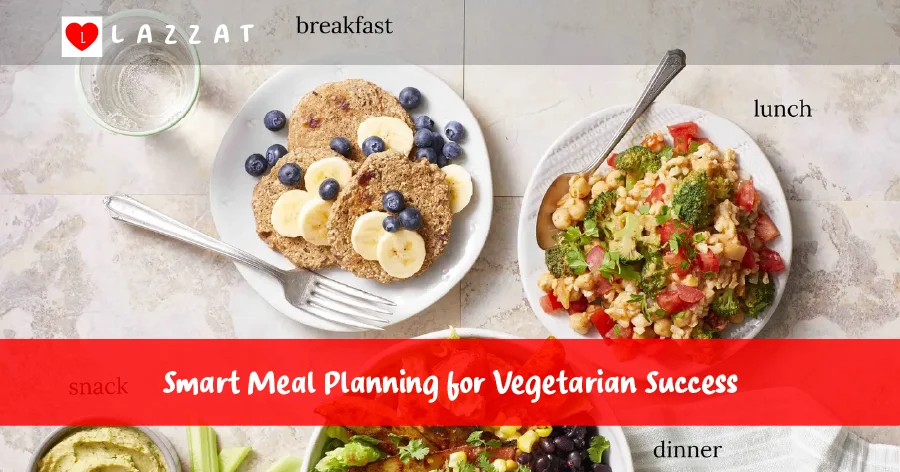
Common Nutritional Challenges and Solutions
Starting a vegetarian nutrition or plant-based diet can bring up some challenges. But, with the right approach, you can meet these challenges head-on. This way, your body will get all the nutrients it needs.
One big worry for vegetarians is getting enough protein. Plant-based foods like legumes, nuts, and whole grains are great sources. It’s important to mix different protein-rich foods to get all the amino acids.
- Eat a variety of protein-rich plant foods, like tofu, tempeh, seitan, and plant-based meat alternatives.
- Pair foods like rice and beans to get all the essential amino acids.
Another challenge is iron deficiency anemia. To fight this, eat foods rich in iron like spinach, lentils, cashews, and fortified cereals. Adding vitamin C-rich foods can help your body absorb more iron.
| Iron-Rich Vegetarian Foods | Vitamin C-Rich Vegetarian Foods |
|---|---|
| Spinach, lentils, cashews, fortified cereals | Bell peppers, broccoli, kiwi, citrus fruits |
Lastly, vitamin B12 deficiency is a big worry for those on a strictly plant-based diet. This vitamin is mostly found in animal products. You might need a B12 supplement or eat B12-fortified foods like plant-based milk, nutritional yeast, and breakfast cereals.
“Addressing these common nutritional challenges can help you thrive on a vegetarian or plant-based diet and enjoy all the benefits it has to offer.”
Plant-Based Alternatives to Animal Products
Finding good replacements for animal products is key in a plant-based diet. Luckily, there are many new options available. These meet the needs of those who follow a vegetarian or vegan lifestyle.
Dairy Substitutes
Plant-based alternatives can replace milk, cheese, and more. Almond milk, soy milk, and cashew milk are favorites for their creamy texture and nutrients. You can also find vegan butter and coconut-based yogurt for a dairy-free diet.
Meat Replacements
Looking for meat-like options? There are many vegetarian protein sources. Tempeh and seitan are great for a protein-packed meal. They taste and feel like meat.
Egg Alternatives
- Ground flaxseeds or chia seeds mixed with water can serve as an effective egg replacement for baking and cooking.
- Commercial egg substitutes, such as those made from mung bean or soy protein, are also readily available.
- For binding and adding richness to recipes, mashed bananas, applesauce, or pureed silken tofu can be used in place of eggs.
Exploring these plant-based options can make your diet more enjoyable. The variety is growing, making it simpler to adopt a sustainable and kinder lifestyle.
Incorporating Superfoods into Your Vegetarian Diet
As a vegetarian, it’s important to eat foods that are full of nutrients. Superfoods like quinoa, chia seeds, kale, and berries are great choices. They offer vitamins, minerals, and antioxidants that help keep you healthy.
Quinoa is known as a “superfood grain” because it has all the amino acids your body needs. It’s also high in fiber, iron, and B vitamins. You can add quinoa to grain bowls, stir-fries, or even vegetarian burgers.
Chia seeds are tiny but mighty. They’re full of omega-3s, fiber, and minerals like calcium and magnesium. You can add them to oatmeal, and smoothies, or use them in puddings and baked goods.
- Kale is a leafy green that’s packed with vitamins A, C, and K, and folate. Add it to salads, sautés, and soups for extra nutrition.
- Berries like blueberries, raspberries, and blackberries are full of antioxidants and fiber. They’re great in yogurt, oatmeal, or as a snack.
Adding these superfoods to your diet helps your body get the nutrients it needs. This way, you can stay healthy and feel your best.
Balancing Macronutrients in a Vegetarian Diet
Getting the right mix of carbohydrates, proteins, and fats is key for health on a vegetarian nutrition diet. Knowing how to balance these nutrients helps you eat a balanced vegetarian diet. This ensures your body gets what it needs.
The general guideline for macronutrient ratios in a vegetarian diet is:
- Carbohydrates: 45-65% of total daily calories
- Proteins: 10-35% of total daily calories
- Fats: 20-35% of total daily calories
These ranges help with individual needs and preferences. They give a good base for making balanced vegetarian meals. Focus on whole grains, legumes, and veggies for carbs. Use tofu, tempeh, and nuts for protein.
| Macronutrient | Recommended Intake | Food Sources |
|---|---|---|
| Carbohydrates | 45-65% of total calories | Whole grains, fruits, vegetables, legumes |
| Proteins | 10-35% of total calories | Tofu, tempeh, beans, lentils, nuts, seeds |
| Fats | 20-35% of total calories | Avocado, olive oil, nuts, seeds, nut butters |
By eating a variety of whole, plant-based foods, you can make tasty and nutritious vegetarian meals. This supports your health and well-being.

Conclusion
Exploring a balanced vegetarian diet shows it’s great for health and nutrition. You’ve learned about the basics and important vitamins and minerals. Now, you can make a balanced vegetarian diet that’s both nutritious and tasty.
Eating a variety of whole foods like legumes, grains, fruits, and veggies is key. This ensures you get all the nutrients your body needs. With good meal planning and creative plant-based diet ideas, switching to a vegetarian lifestyle is easy.
A vegetarian diet is good for you, the planet, and animals too. Start this journey for a healthier, more sustainable life. You’ll find many benefits along the way.
Also Read:
FAQs
What are some essential nutrients for vegetarians?
Vegetarians need to focus on protein, iron, calcium, vitamin B12, and omega-3 fatty acids. These nutrients can be found in plant-based foods like legumes, nuts, seeds, leafy greens, and fortified foods.
How can I get enough protein on a vegetarian diet?
Legumes, nuts, seeds, tofu, tempeh, and whole grains are excellent sources of protein. Combining different protein sources throughout the day ensures you meet your protein needs.
What are some good dairy-free milk alternatives?
Popular dairy-free milk alternatives include almond milk, soy milk, oat milk, and cashew milk. These alternatives can be used in various recipes and beverages.
How can I incorporate more superfoods into my vegetarian diet?
Superfoods like quinoa, chia seeds, kale, and berries can easily be added to your meals. Use quinoa in salads and bowls, sprinkle chia seeds on yogurt or oatmeal, add kale to smoothies, and enjoy berries as a snack.
What are some common challenges faced by vegetarians and how can I overcome them?
Common challenges include protein deficiency, iron deficiency, and vitamin B12 deficiency. To overcome these, focus on a variety of plant-based protein sources, incorporate iron-rich foods with vitamin C, and consider B12 supplements or fortified foods.

